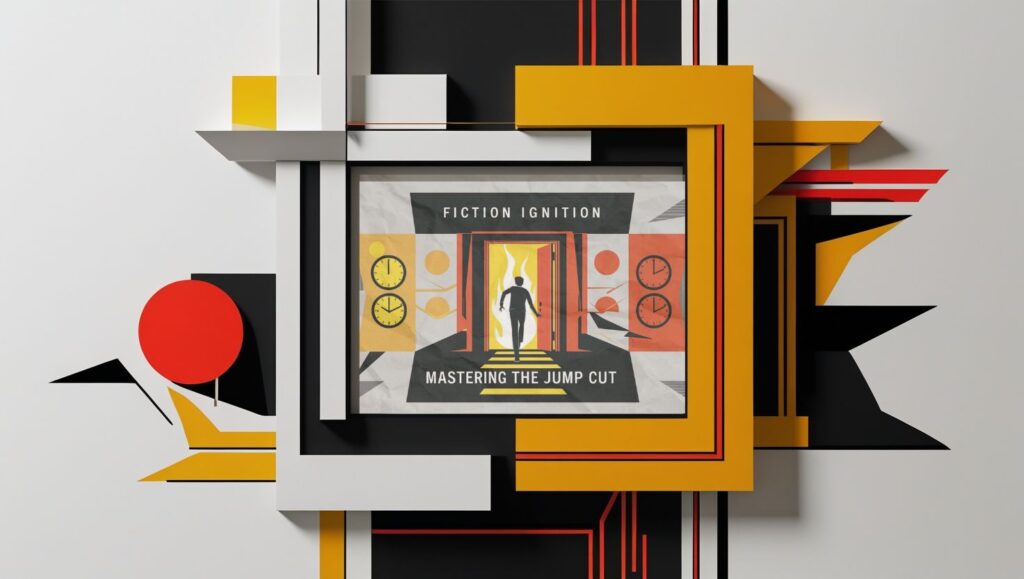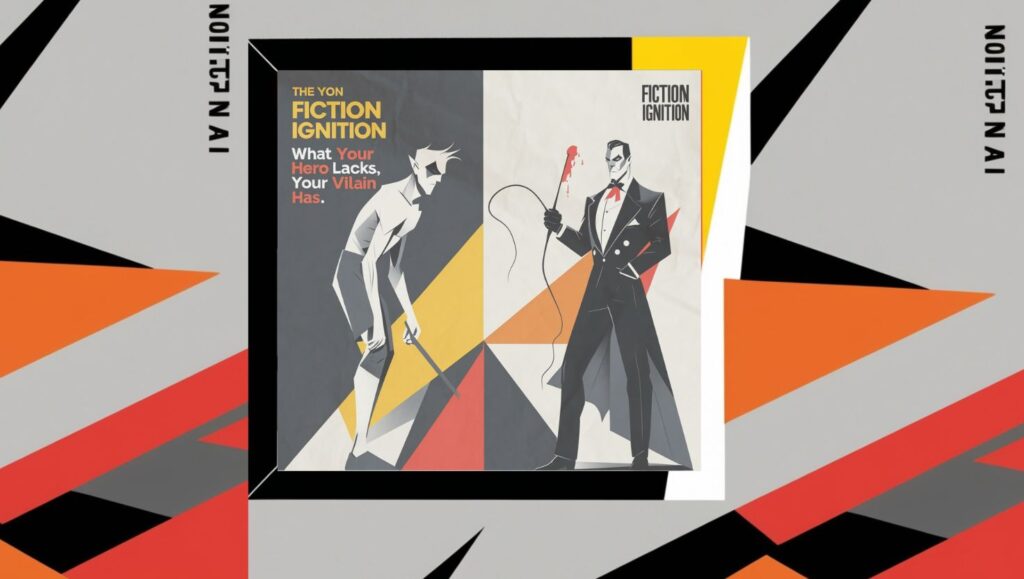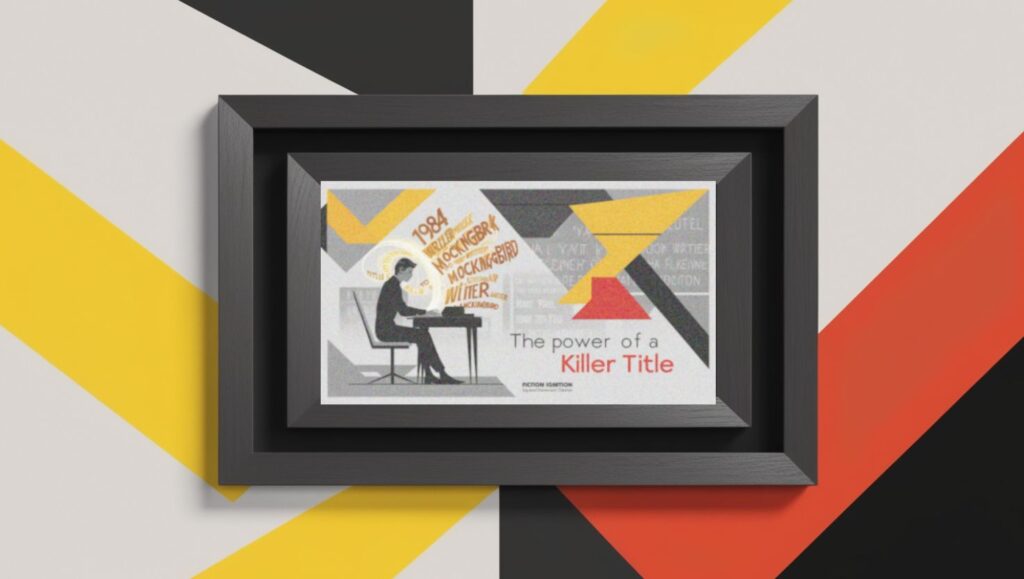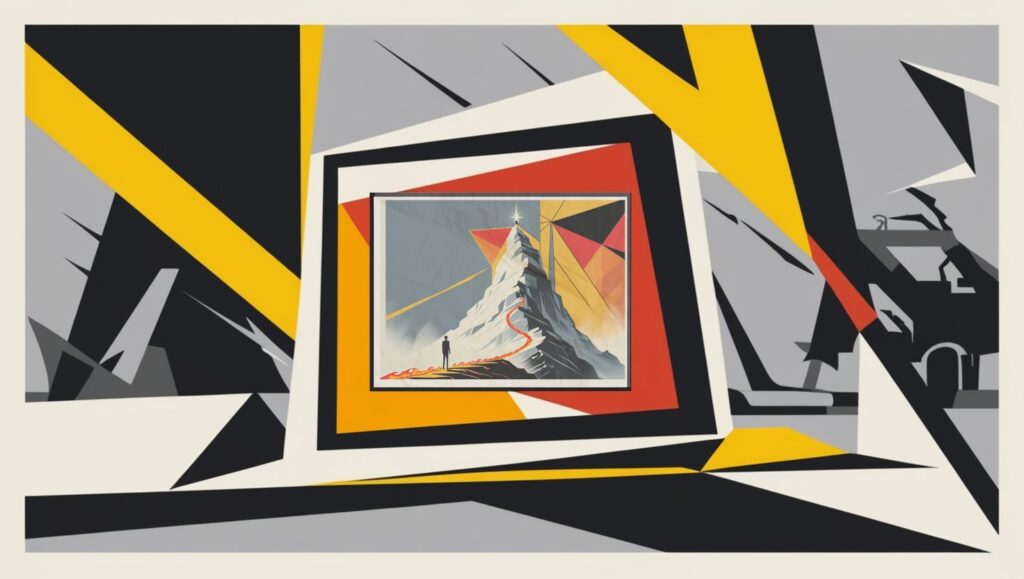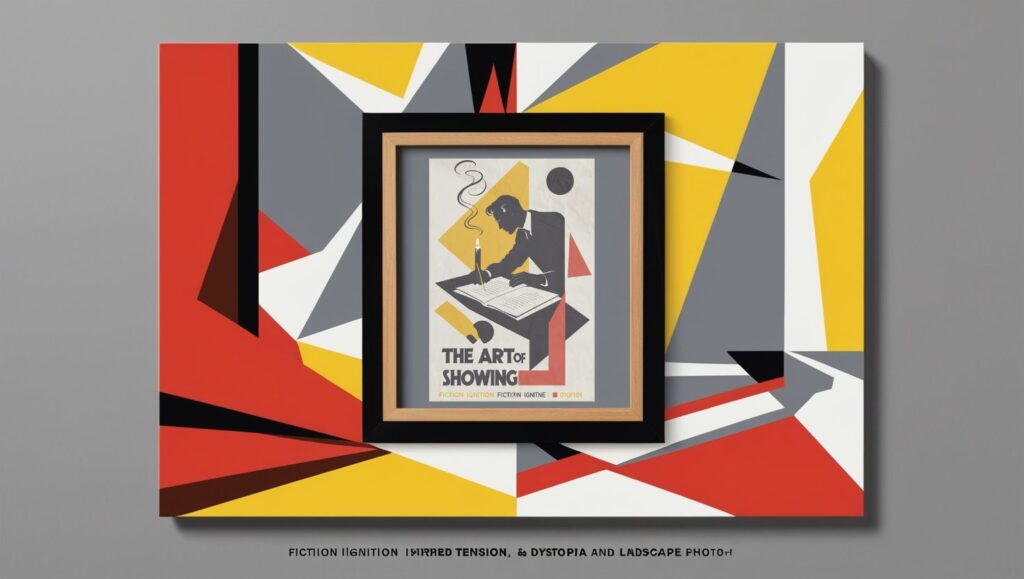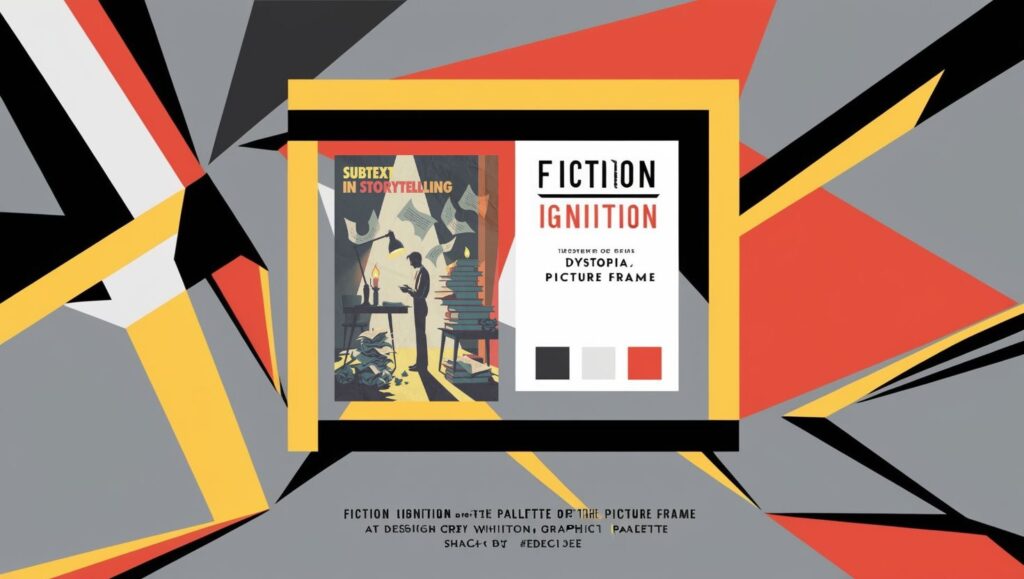Greetings, Fiction Igniters!
Let’s talk about one of the most thrilling tools in a writer’s arsenal: the jump cut. No, this isn’t just for film directors with megaphones and berets. It’s a storytelling secret that can catapult your narrative through time, keep your readers hooked, and make you look like a narrative ninja! Done right, it’s magic. Done wrong, it’s a one-way ticket to Confusionville—population: frustrated readers.
So how do you master this literary time machine? Buckle up, wordsmith warriors, because we’re about to ignite some brilliance.
What Is a Jump Cut?
A jump cut is a technique that skips over chunks of time in your story. Instead of trudging through every single minute, you teleport your readers straight to the good stuff. Think of it as a narrative fast-forward—sleek, effective, and oh-so-satisfying when done right.
Famous examples? You’ve got Hemingway’s The Old Man and the Sea, where days pass in a blink. Or George R.R. Martin’s A Game of Thrones, where entire wars unfold between chapters. And don’t even get me started on Virginia Woolf’s To the Lighthouse—an absolute masterclass in leaping through years like it’s nothing.
Now, let’s dive into the nitty-gritty of keeping your readers with you when you jump time.
10. Use Clear Markers for Time Jumps
Think chapter breaks, date stamps, or even good old-fashioned subheadings. Something as simple as “Three Years Later” can work wonders. Your readers aren’t mind readers—give them a signpost.
Example: In Suzanne Collins’ The Hunger Games, Katniss’ narration often skips days or weeks, but clear cues like “The next morning” or seasonal descriptions keep the reader grounded.
9. Anchor Your Readers with Familiar Details
When you jump ahead, don’t drop your readers into an entirely new world. Give them something familiar to hold onto: a recurring character, a setting, or even an object.
Example: J.K. Rowling’s Harry Potter series often skips the mundane days at Hogwarts, but the return of iconic settings like the Great Hall or recurring events like Quidditch matches help the reader stay oriented.
8. Show, Don’t Tell (Most of the Time)
Instead of telling readers, “Ten years later, she was successful,” show them the bustling office, the polished desk, and the framed awards. A quick description can say a thousand words.
Example: In The Great Gatsby, Fitzgerald doesn’t just tell us Gatsby became wealthy. He shows us the opulent parties, the extravagant mansion, and the whispers of his mysterious past.
7. Keep Emotional Continuity
Time may have passed, but your characters’ emotions and motivations need to make sense. If a character’s feelings seem to have changed drastically, explain why.
Example: In The Time Traveler’s Wife by Audrey Niffenegger, the jumps in time are emotionally seamless because the characters’ feelings remain consistent, even as their ages and circumstances shift.
6. Use Foreshadowing Like a Pro
Drop subtle hints about the time jump before it happens. A character mentioning future plans or an object hinting at what’s to come can smooth the transition.
Example: In Steinbeck’s Of Mice and Men, the recurring dream of owning a farm foreshadows the passage of time and keeps the narrative cohesive.
5. Play with Parallel Narratives
If you’re feeling ambitious, alternate timelines can add depth and intrigue. Just make sure to give readers clear cues about which timeline they’re in.
Example: In Cloud Atlas by David Mitchell, the narrative seamlessly jumps across centuries, thanks to distinct tones and settings for each timeline.
4. Let Dialogue Do the Heavy Lifting
A quick exchange between characters can reveal what happened during the skipped time without dragging the narrative down.
Example: In The Road by Cormac McCarthy, the sparse dialogue often hints at the grim passage of time without overexplaining.
3. Keep the Pacing Tight
A jump cut should feel like a natural acceleration, not a jarring leap. Use short, punchy sentences to build momentum before the jump.
Example: In Ray Bradbury’s Fahrenheit 451, the pacing mirrors Montag’s growing urgency, making the time jumps feel seamless.
2. Don’t Overdo It
Too many jumps, and your readers will feel like they’re on a trampoline. Use jump cuts sparingly, and make them count.
Example: In 1984 by George Orwell, Orwell’s time jumps are deliberate and infrequent, adding weight to each one.
1. End with a Cliffhanger
Nothing keeps readers invested through a time jump like an unresolved question. Drop a bombshell, jump forward, and watch them sprint to the next chapter.
Example: In Gone Girl by Gillian Flynn, Flynn masterfully ends chapters on twists that make time jumps feel like thrilling revelations.
Final Thoughts
Jump cuts are like fire—powerful but dangerous if you don’t know what you’re doing. But now you’ve got the tools, Fiction Igniters! Go forth and wield them with the confidence of a literary superhero. Remember: the goal isn’t just to move your story forward but to ignite your readers’ imaginations along the way.
Until next time, don’t write—ignite!

